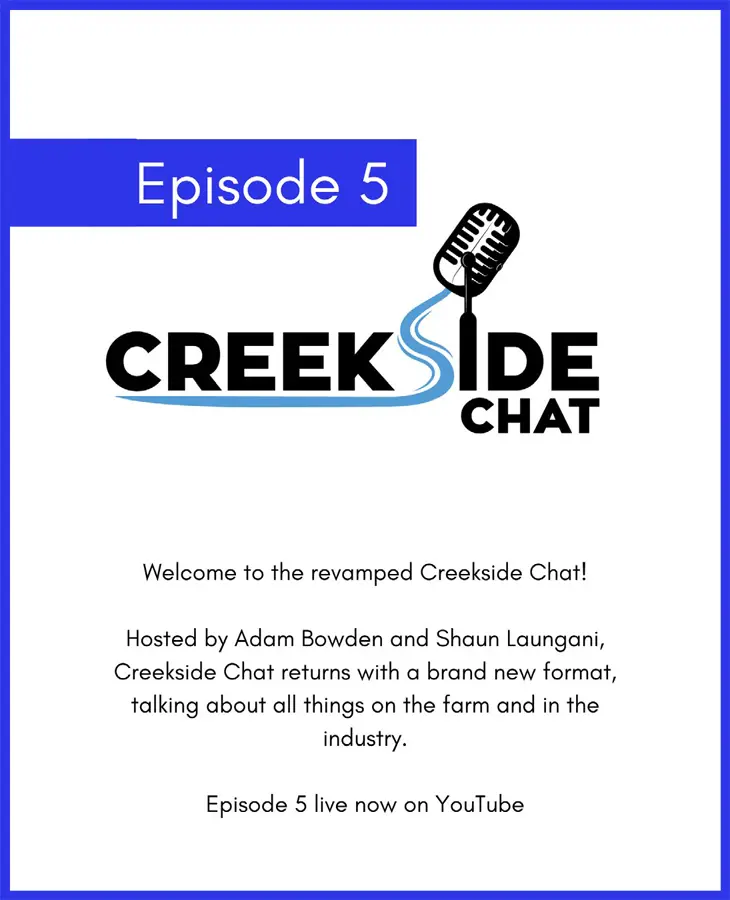
Four Breeders Crown fixes
by Dean Towers
Last week’s Breeders Crown cards are in the books. I thought the festivities and races were enjoyable and I commend Hoosier and the Breeders Crown for putting on a nice show. They dotted a great deal of i’s and crossed a lot of t’s to pull it off. It’s a shame the weather was not more cooperative, but that’s something we can’t control, especially in the Midwest during the fall.
I did notice a few things this weekend – in fact, in many past Breeders Crown weekends – that I thought were drawbacks to growing the event. I’d like to submit four tactics to hopefully make the Crown bigger and better.
These ain’t conditioned claimers at Scioto
When you turn on the Breeders’ Cup simulcast this weekend from Del Mar, compare the lead-up to the filly and mare turf to your average race at Belmont. I think you’ll notice there is no comparison. The turf feels like an event, while the third at Belmont looks and feels like every other third at Belmont.
When I watched the Crown races this past weekend it wasn’t like that. Frankly, I could not see any noticeable difference between the way the last race of the undercard was presented, versus the first race of the Crown card. It was like I was getting ready for, well, just another harness race, of which there are thousands upon thousands every year.
Harness racing does the event side of the sport well, and we have lots of evidence of that. When you turn on your computer to watch the Gold Cup and Saucer at Charlottetown you know it’s a big event. When you’re there, you really, really know it’s a big event. There are plenty of other examples.
Harness racing is standard; it’s a flat mile, the races are the same, the horses race often; really, it’s one of its strengths. But on a night like Crown night the goal should never be sameness, it should be about being different and making the big races look big.
Where’s the fire?
I don’t know if you did or not, but I got shut out four or five times on Crown night. Sometimes I was happy (like having my last bets on Photobombr Hanover not hit the pools) and sometimes I was sad (when Split the House paid a nice price). But to me, it felt like the races were being run like we were at Bangor Raceway trying to beat Hurricane Ivan as it rolls up the coast.
I realize some of my tardiness is likely due to the state of harness racing; it’s a sport where post drags are so common that customers have no idea what time post time is, but it’s more than that. The Crown races were run quite quickly.
The sport has handle to generate and moving with such speed defeats the purpose. In a game where we often hear the races should be run at lightning speed, I’d offer the exact opposite approach is needed; especially if you are running a race with the best horses your sport offers.
Spread it out, be patient, and leave the racing to the horses.
Belly up to the bar
Talk to any harness old-timer and he or she will tell you about the time they saw Niatross, or Nevele Pride or another great where they were barred from wagering. It was fairly common in this sport, because 1-20 shots and minus pools were never palatable for fans or racetracks.
Somewhere along the way this practice went out like the hula-hoop.
I don’t know how many regulars, casual fans or thoroughbred players complain about short prices at many of harness racing’s biggest races, but it’s a formidable number. And these bettors speak with their wallets.
I, for one, would love to see the four heaviest potential chalk horses race on the Friday evening of Crown weekend, with each of the big favorites barred from wagering. I suspect (maybe not in year one, but over time) it would drive more money to the betting pools and make the races much better betting affairs.
Perhaps barring Ariana G and a few others from wagering is considered too radical for the purists. But with handle often below the purse money given out for a showcase night for a sport, I think doing nothing about it is much more radical.
Show me the money
Last up, allow me another quick plug for last week’s column about seeding Breeders Crown pools. (full story here) The first pick 4 at Hoosier on Saturday was tried with a $10,000 seed and generated $44,000 of betting. The final total represented about a 5 per cent advantage to the bettor.
The sequence was a chalk-laden affair and it didn’t pay a lot. However, players who never play harness racing but seek out positive expected value pools – like this friend on social media – did take notice.
This one bettor who would never bet a regular Crown pick 4 played about 2 per cent of the whole pool.
If the Crown host tracks keep this up (and expand it), I proffer that there will be hundreds more of him in the coming years, because when gamblers are exposed to a good bet it registers. If that happens, relatively meager $44,000 pick 4 pools on Crown night will be a distant memory.













